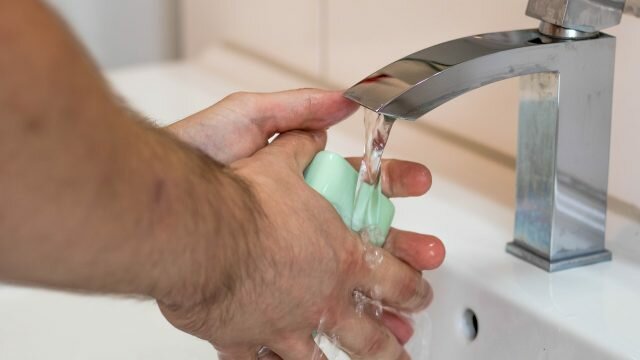Last updated February 21, 2018 at 10:07 am
Why we shouldn’t panic about the superbugs in hospitals’ plumbing.

Researchers from the National Institutes of Health in the USA went looking for bacterial plasmids (antibiotic resistance-providing DNA rings) that would indicate resistance to a type of ‘last-resort’ antibiotics called carbapenems.
While the majority of samples they collected from hospital pipes and sewers did contain carbapenem-resistant organisms, areas which staff and patients could access (including “high-touch” areas such as taps, doors, computers, and countertops) only showed resistant microbes on 1.4 per cent of surfaces.
This suggests current surveillance and bacteria transfer prevention methods are relatively successful, and that they must be consistently maintained and enforced.
Understanding organism spread
There are two main causes for antibiotic resistance to develop in pipes and sewers.
First, that antibiotics reach the exact same areas, allowing bacteria to develop resistance.
Second, the nature of the disposal system creates an environment for lateral gene transfer. This is where bacteria which has not been exposed to antibiotics can be transferred resistant plasmids by bacteria that has.
They are worth keeping an eye on.
“If you’re tracking resistant bacteria, you might be able to prevent more infections in patients,” says co-leader of the study Karen Frank. “How much should we care that there are a bunch of plasmids down in the wastewater system if they’re not infecting our patients?
“In the big picture, the concern is the spread of these resistant organisms worldwide and some regions of the world are not tracking the spread of the hospital isolates.”
This research was published in American Society for Microbiology.
Related
Explainer: What is a superbug?
How scientists plan on beating superbugs – no antibiotics required
No time like antibiotic tolerance to fight superbugs
Follow us on Facebook, Twitter and Instagram to get all the latest science.































































































































































































































































